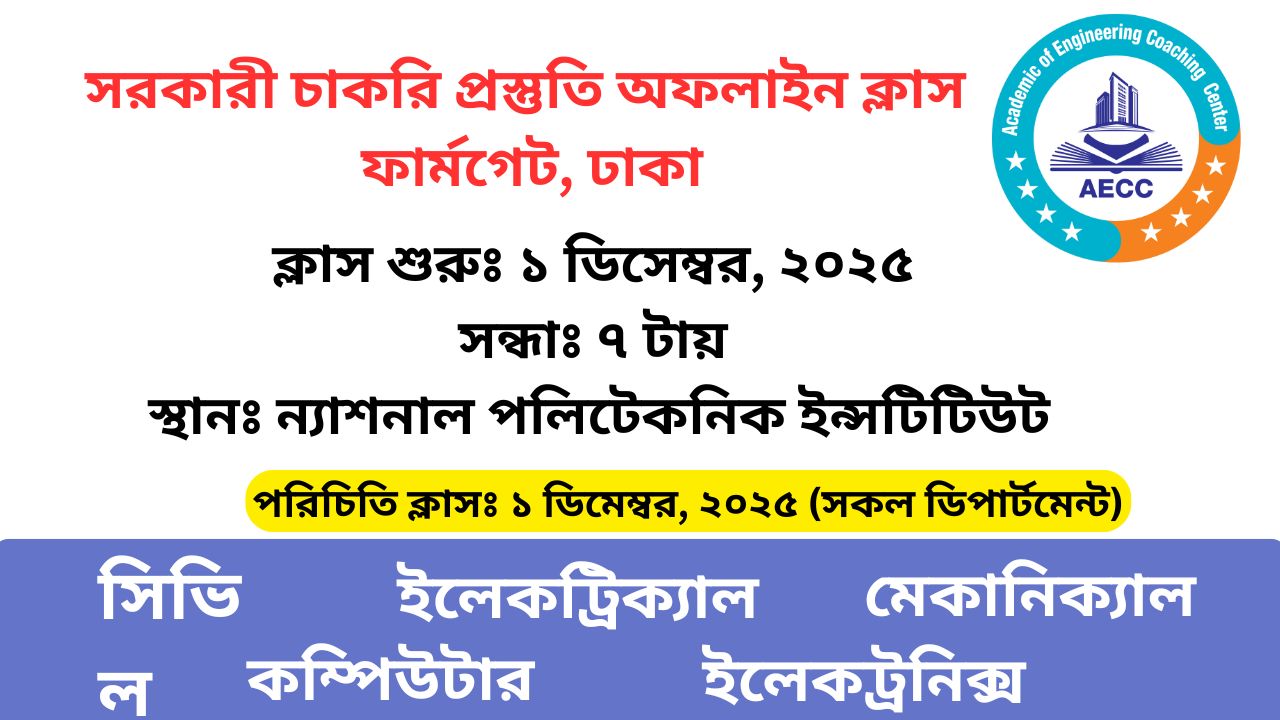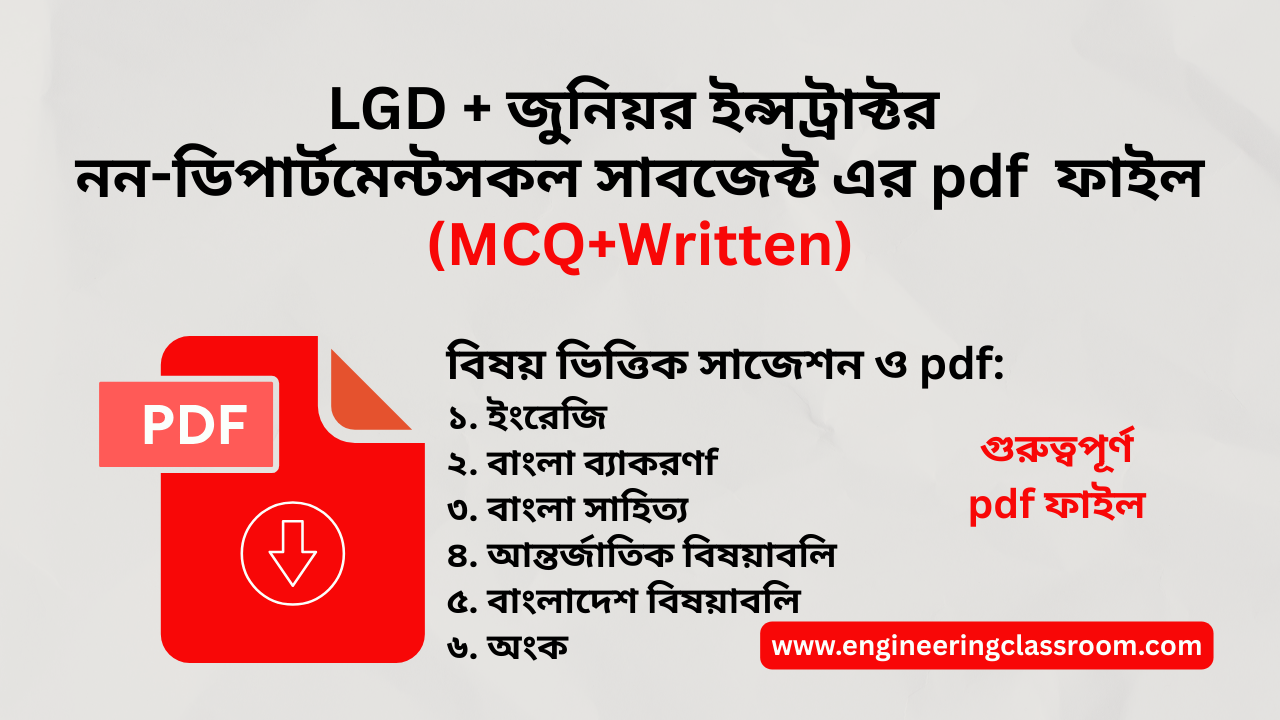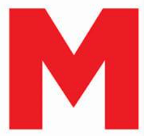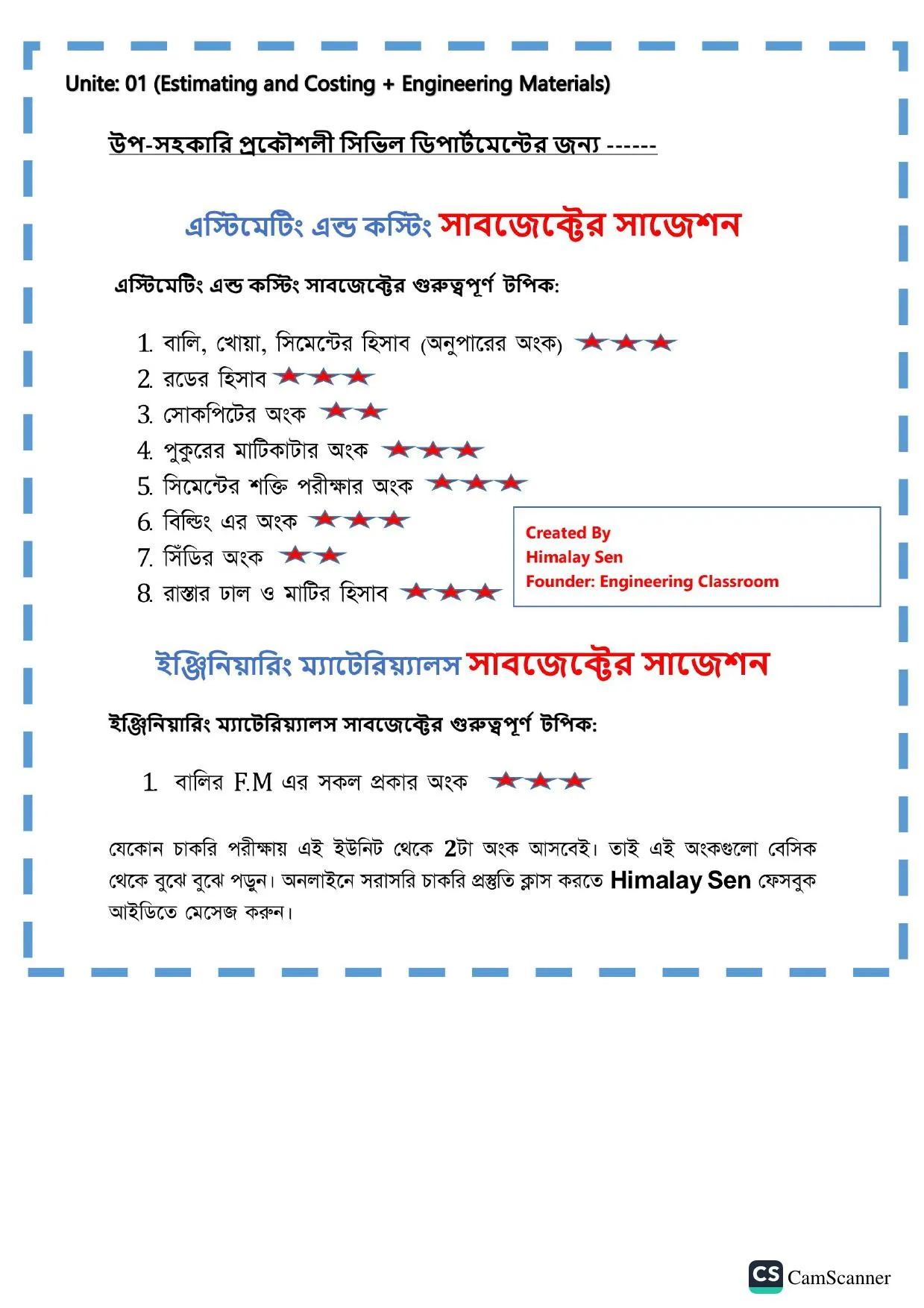MCQ
1. The preferred shape of a runner in a sand casting is-
Cylindrical
Spherical
Rectangular
Trapezoidal
2. Which of the following is a perfect composition for medium carbon steel?
Upto 0.3%
0.3-0.6%
0.6-1.7%
1.7-3%
3. A form of cast iron in which free carbon is present in the form of nodules in the matrix of cementite and ferrite. This form of cast iron is-
Malleable iron
Pig iron
Wrought iron
None of these
4. Core boxes are made out of which pattern?
Plaster pattern
Metal patterns
Polystyrene pattern
Wax pattern
5. A draft allowance is provided to-
All linear faces
Only the interior dimensions
Only the exterior dimensions
Only the dimensions that are perpendicular to the parting plane
6. Rat tails and buckles in sand casting are caused by-
Lower strength of the solidified metal
Lower refractoriness of the moulding sand
Lower strength of the moulding sand
Lower hardness of the moulding sand
7. What is a function of a riser in a sand casting?
Provide good mobility to the molten metal
Prevent cavities due to shrinkage
To develop holes or hollow cavities in the casting
To provide differential cooling rates in specific areas of the casting
8. Which of the following group of material type is used in mold making?
Metallic only
Non-metallic only
Both metallic as well as non-metallic
Neither metallic nor non-metallic
9. Riser for a sand casting can be designed using-
Modulus method
Cained method
Naval research laboratory method
All of the mentioned
10. Which of the following is not a type of moulding sand?
Red sand
Natural sand
Synthetic sand
Loam sand
11. Parting line in the sand casting should be -
Simple and curved
Simple and straight
Irregular
Any type will not make a difference
12. What will be the machining allowance for a bore of a 405mm cast iron object to be casted?
1.0mm
2.0mm
3.0mm
5.0mm
13. In an automobile engine, up to what percent of parts are manufactured by casting?
65%
75%
80%
90%
14. What is the function of cores in the casting process?
To support the pattern
To provide differential cooling rates at specific portions
To make holes and cavities
For ease of flow of the molten material
15. The quality of the final product is not dependent on -
Method of withdrawal of pattern
Allowance provided to the pattern
The complexity of the casting
The metal used in casting
16. Which of the following is not used as binders for mould materials?
Bentonite
Kaolinite
Backelite
Illite
17. What is the maximum temperature allowed to be given to the injection molding process?
300°C
320°C
350°C
400°C
18. Which of the following properties must a material possess to be used in mould making?
High refractoriness
Chemical and thermal stability
High permeability
All of the mentioned
19. Phosphorus is added to steel mold for which of the following reason?
It increases strength and hardness of steel
It increases refractoriness of steel
It increases porosity of steel
It increases finishing of steel
20. Which of the following is 'not' an advantage of the usage of pattern in a casting of metals?
Using patterns to cast objects, less time is consumed for mass production
It is cost efficient and profitable for mass production
Production of the pattern requires extra effort to cast the object
Cores in the pattern could be used to decrease the amount of machining done for making cavities
















